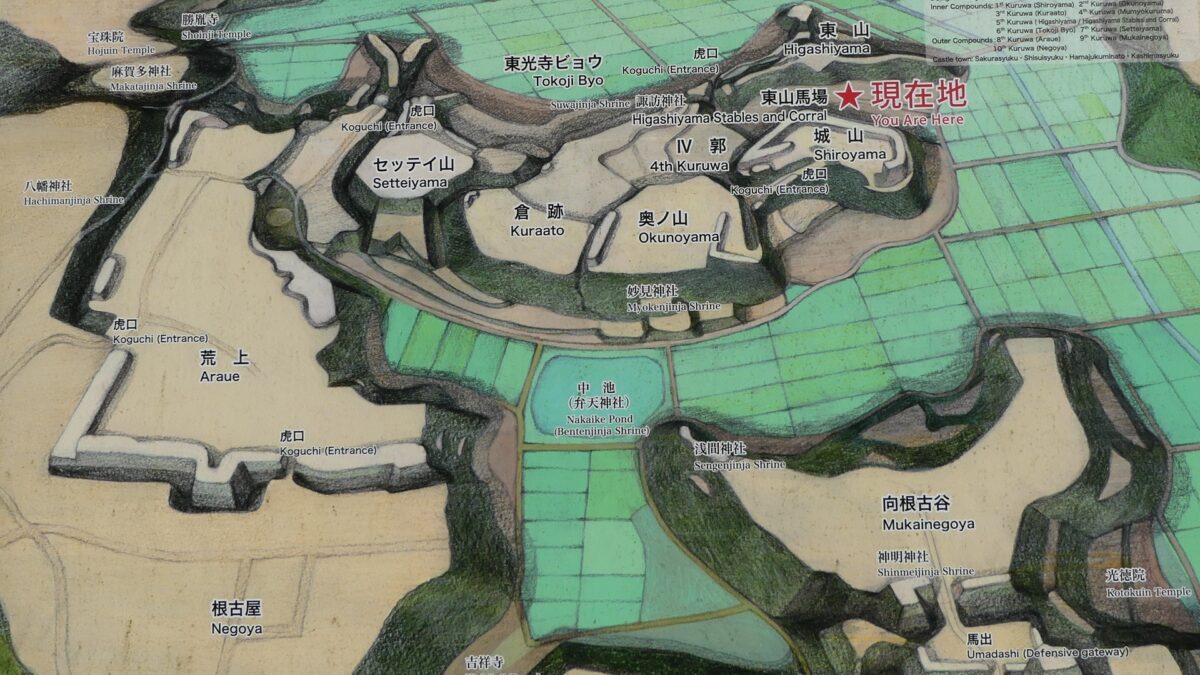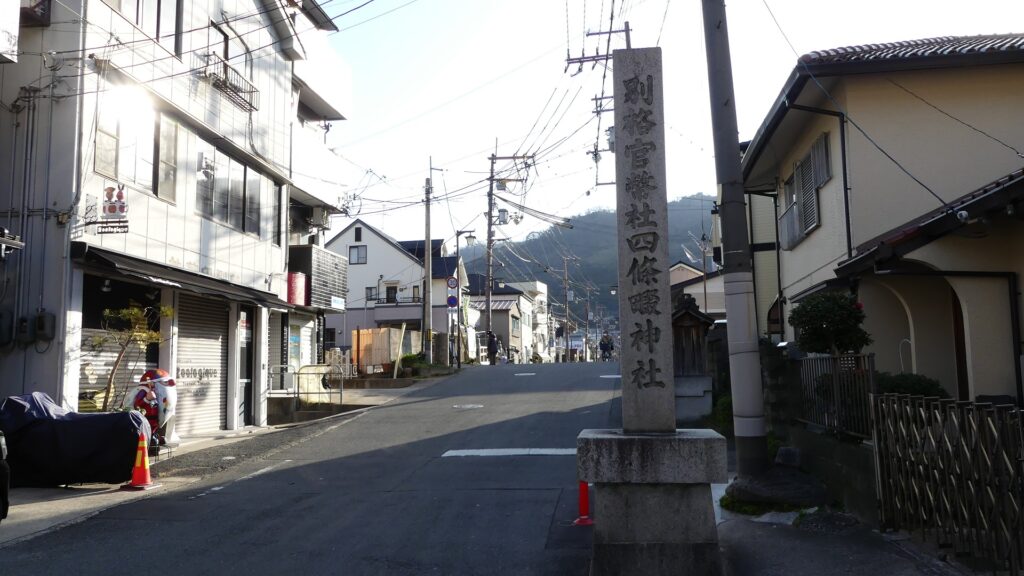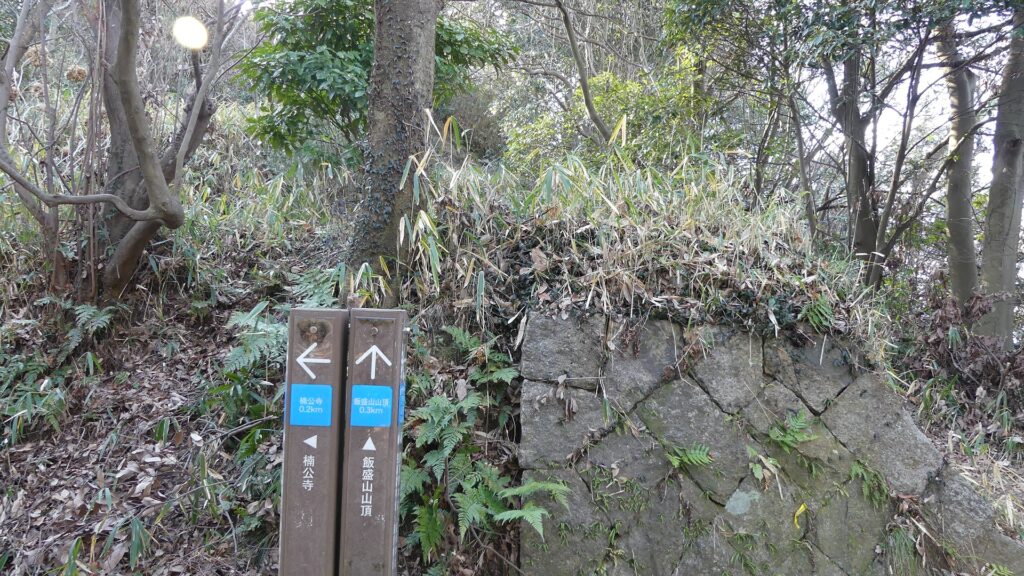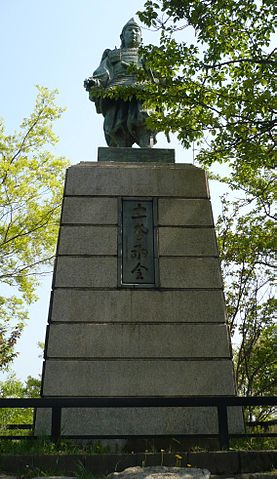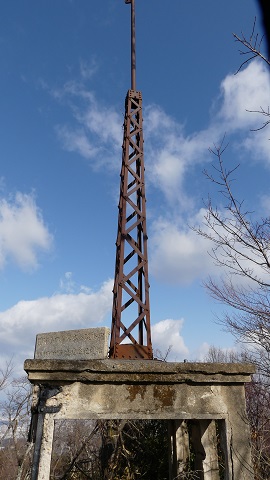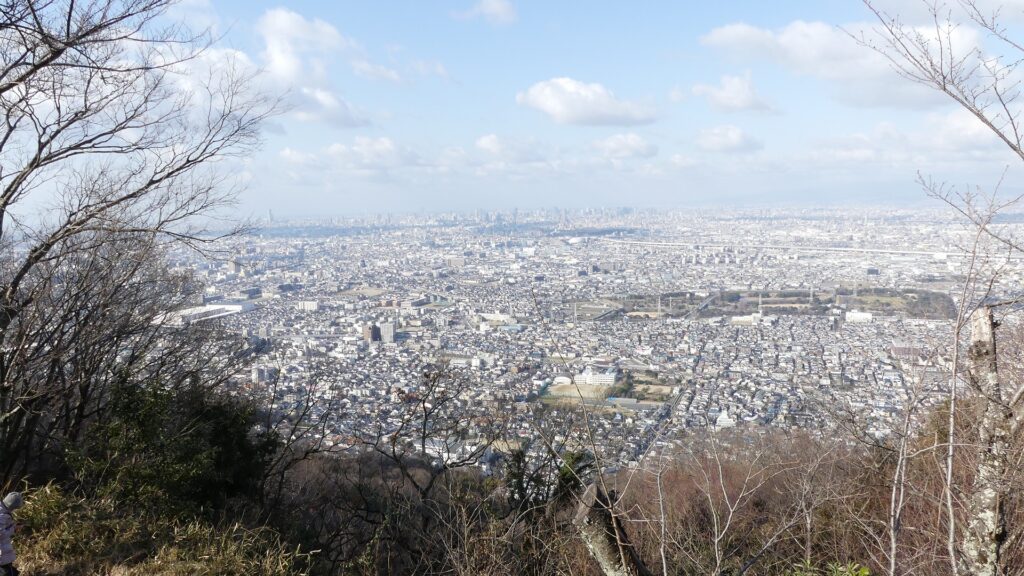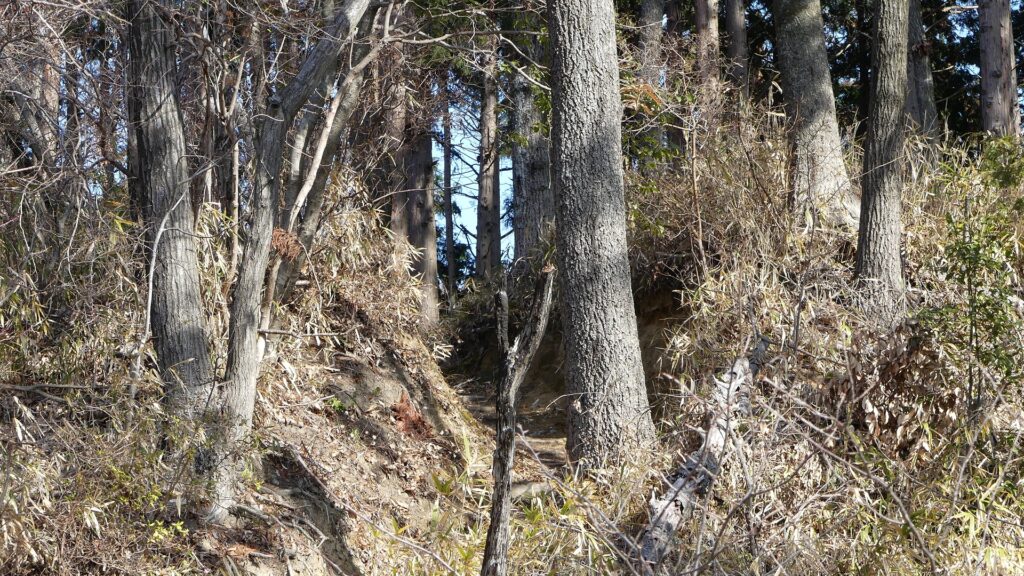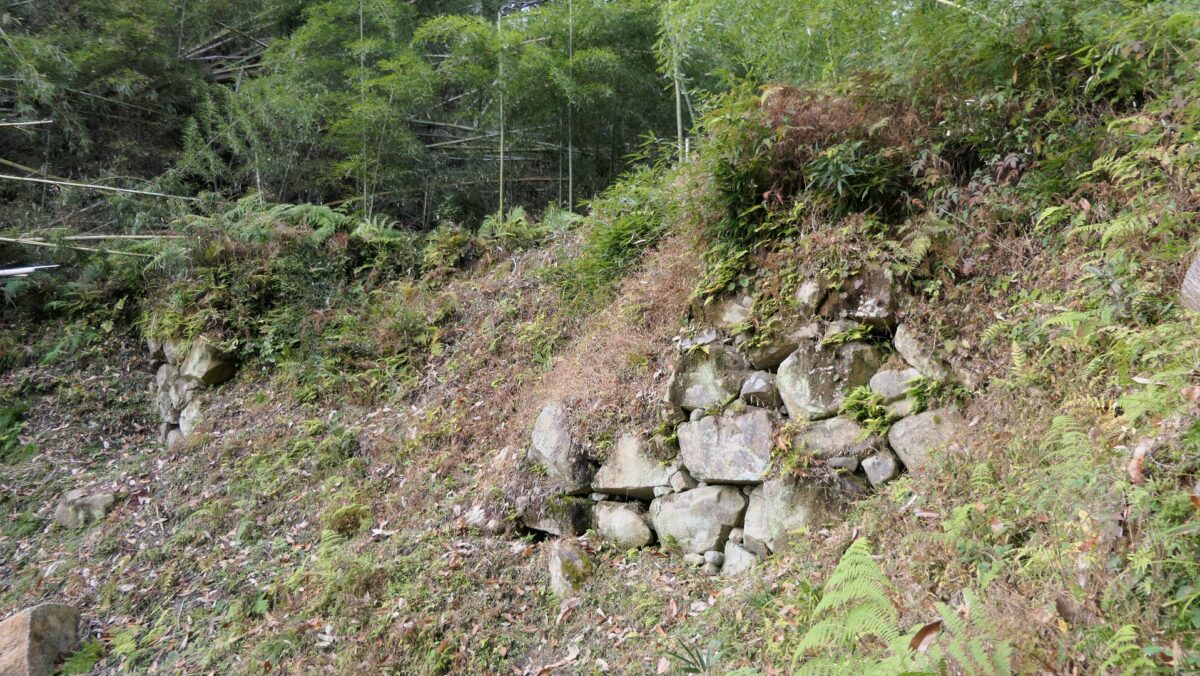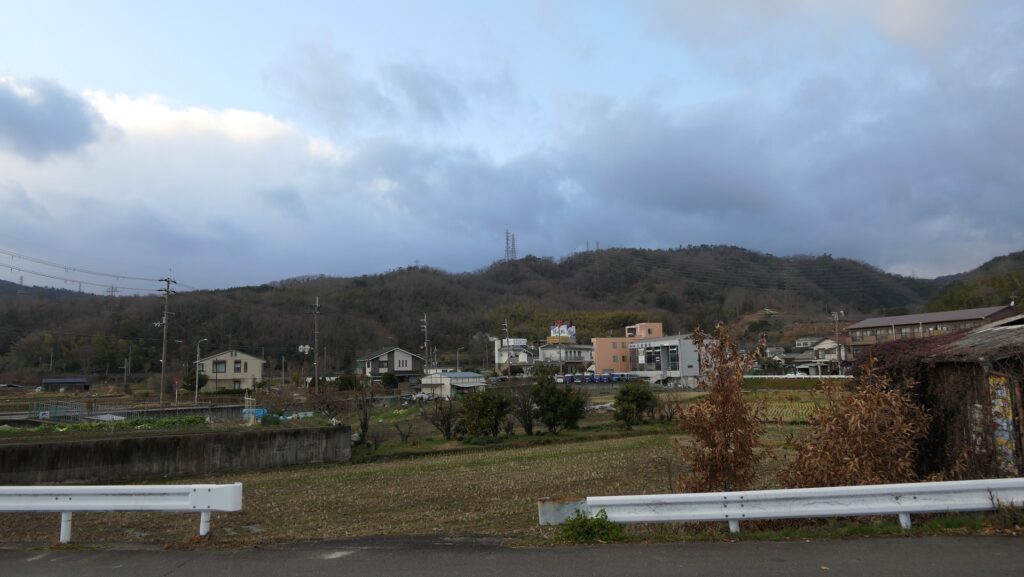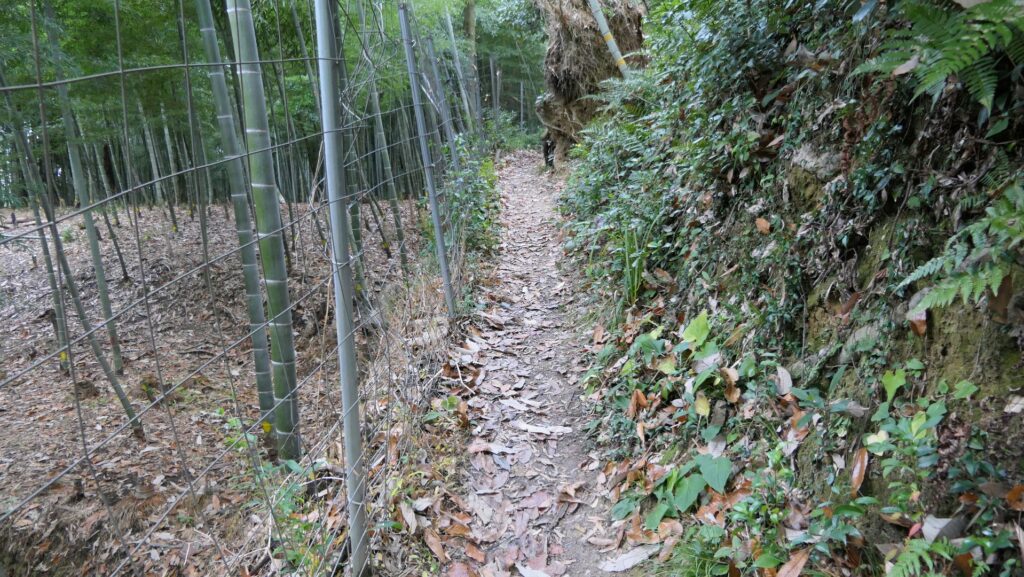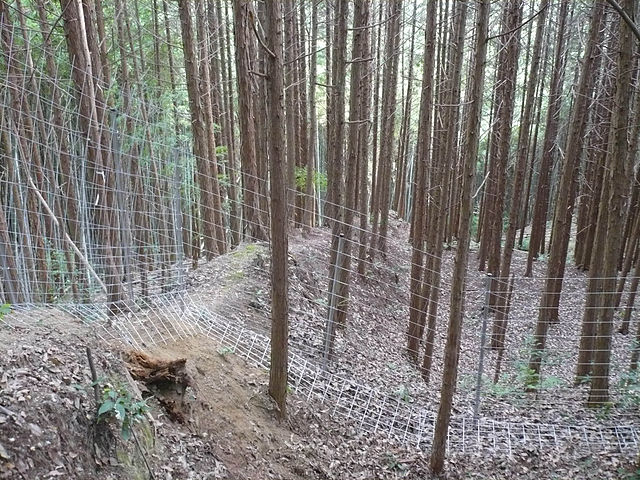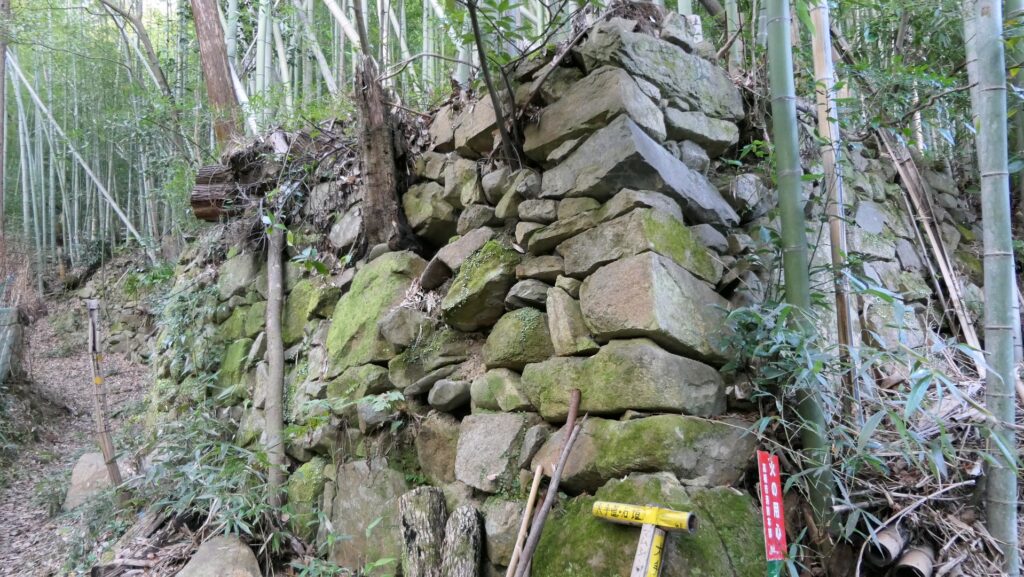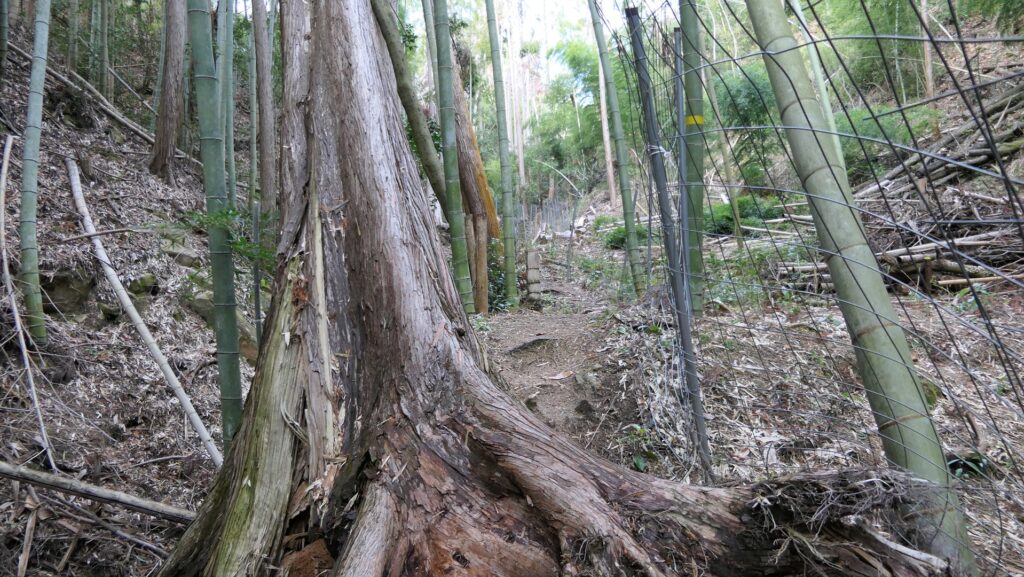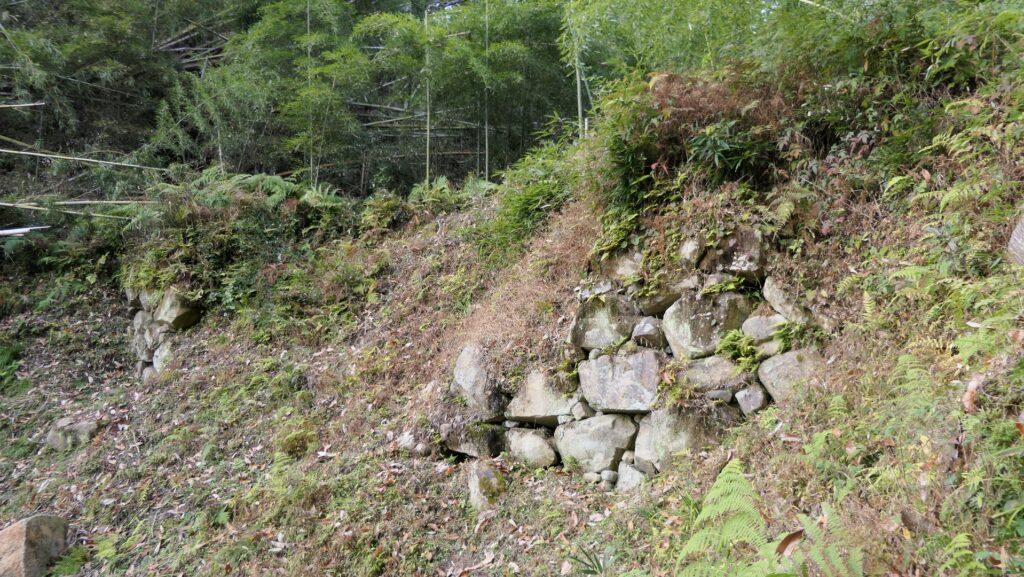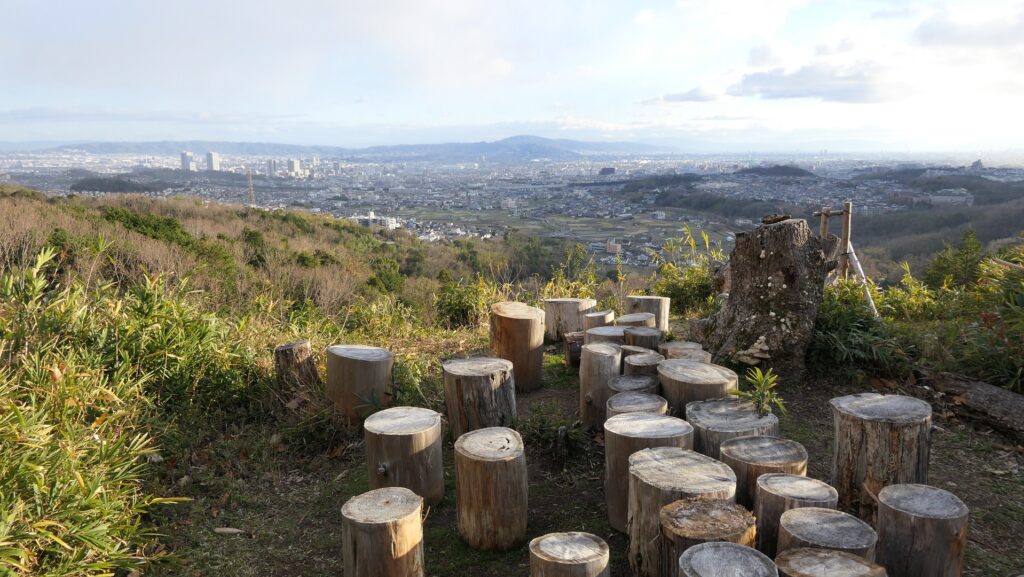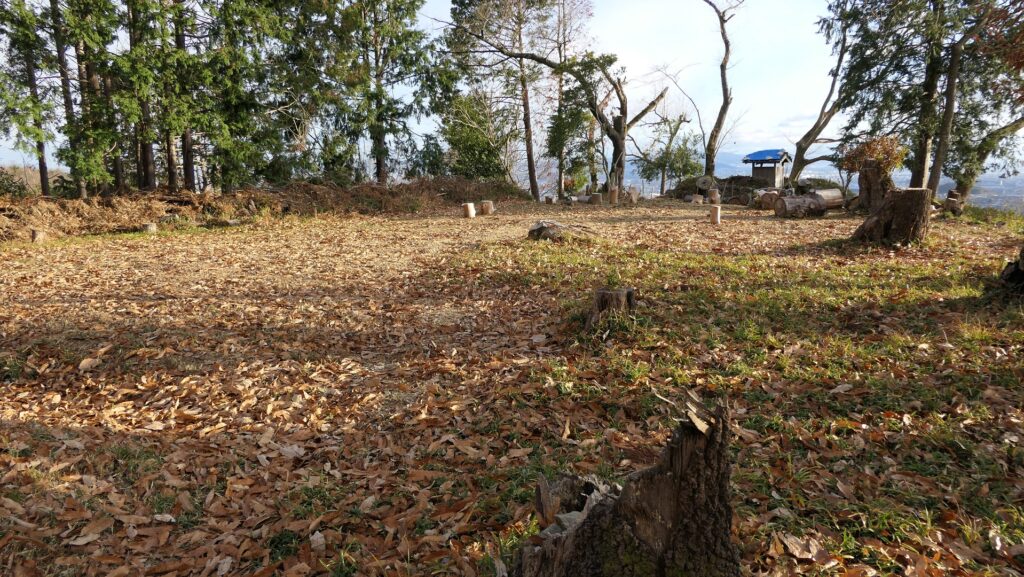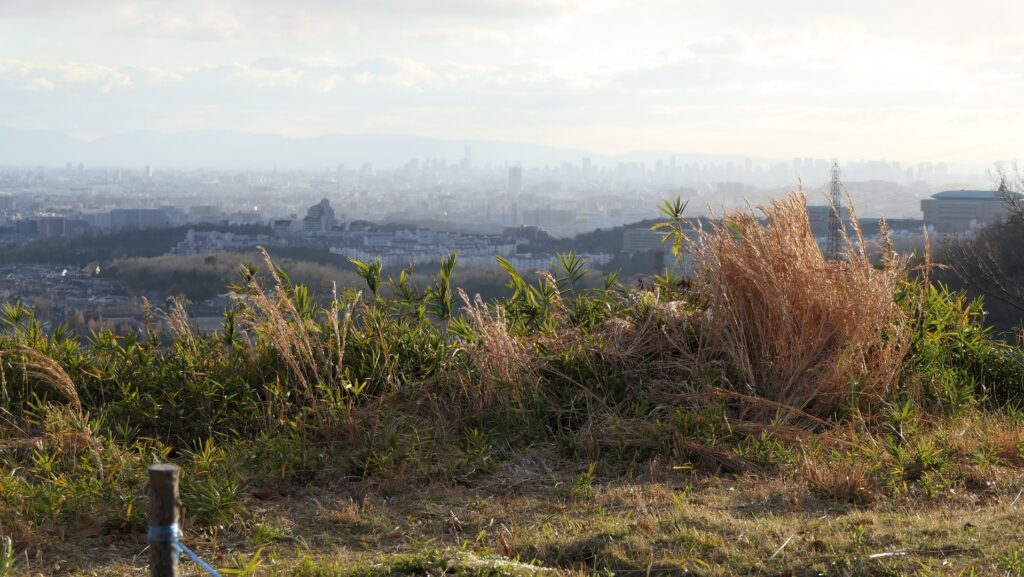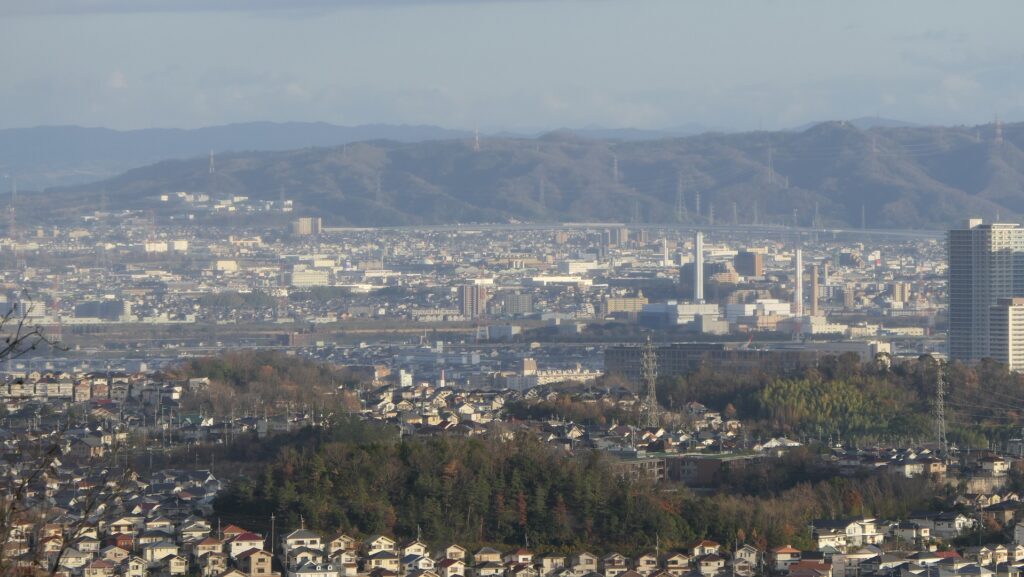Location and History
Chiba Clan built it in 15th Century
Motosakura Castle was a large castle which was located in Shimosa Province (what is now the northern part of Chiba Prefecture). A warlord, Suketane from the Chiba Clan, first built the castle at latest in 1484 on a hilly area called Masakado-yama. The area was surrounded by Inba-numa Lake, and only open to the Shimosa Road on flat land in the southern direction. This meant the area was defensive and convenient for water and land transport.
The map around the castle in the early Meiji Era, Inba-numa Lake was still near the castle
Central portion, Inner Compounds.
When the castle was first built, the warlords in the Kanto Region were split into two groups, the western group and the eastern group. The western group was led by the shogunal deputy for the Kanto Region, the Uesugi Clan, and the eastern group was led by the head of the Kanto government in Koga, the Ashikaga Clan. The Chiba Clan was included in the eastern group and the Motosakura Castle was also an important site which connected Koga in Shimosa Province to the other provinces in Boso Peninsula inside the group. The clan built several enclosures in the central portion of the castle called the Inner Compounds.
The location of the castleThe Main Enclosure called Shiro-yama had the Main Hall for the lord of the castle. The hall had a set of two formal buildings called Shuden and Kaisho, because the clan was the governor of the province. The Okuno-yama enclosure, which had the Myoken Shrine where the clan went for worship, is next to the main enclosure on the west. The Okuno-yama enclosure was connected to the Main Enclosure by a wooden bridge . The next one is the Kura-ato Enclosure which had warehouses. The westmost one is the Settei-yama Enclosure which was used for guesthouses. In addition to these enclosures, the Higashi-yama Enclosure was set to protect them, and the Tokoji-byo Enclosure, which had temples, faced Inba-numa Lake.

Outer Compounds were built against Satomi Clan
In the middle of the 16th Century, the situation of the Kanto Region changed. The Hojo Clan captured most of the region, then the Chiba Clan decided to support Hojo by adopting a son from them. However, the Satomi Clan in Boso Peninsula (the south of Honsakura Castle) was against Hojo. As a result, the Chiba Clan had to reinforce the defense of the castle on the south.
The location of Motosakura Castle and the home base of the Satomi ClanThe clan built large enclosures outside the Inner Compounds, called the Outer Compounds such as Araue, Negoya, and Mukai-Negoya. They were surrounded by thick earthen walls and had the sticking out defensive positions called Umadashi, which were built using Hojo’s techniques. In addition, the Settai-yama Enclosure became the pivot of the defense because it was the connecting point between the Inner Compounds and the Outer Compounds. The range of the castle finally reached 39,000 square meters.

However, The Chiba Clan was fired by the ruler Hieyoshi Toyotomi in 1590, as their master Hojo Clan was also defeated by Hideyoshi. After that, Motosakura Castle was sometimes used by several clans. The castle was finally abandoned in 1615.


